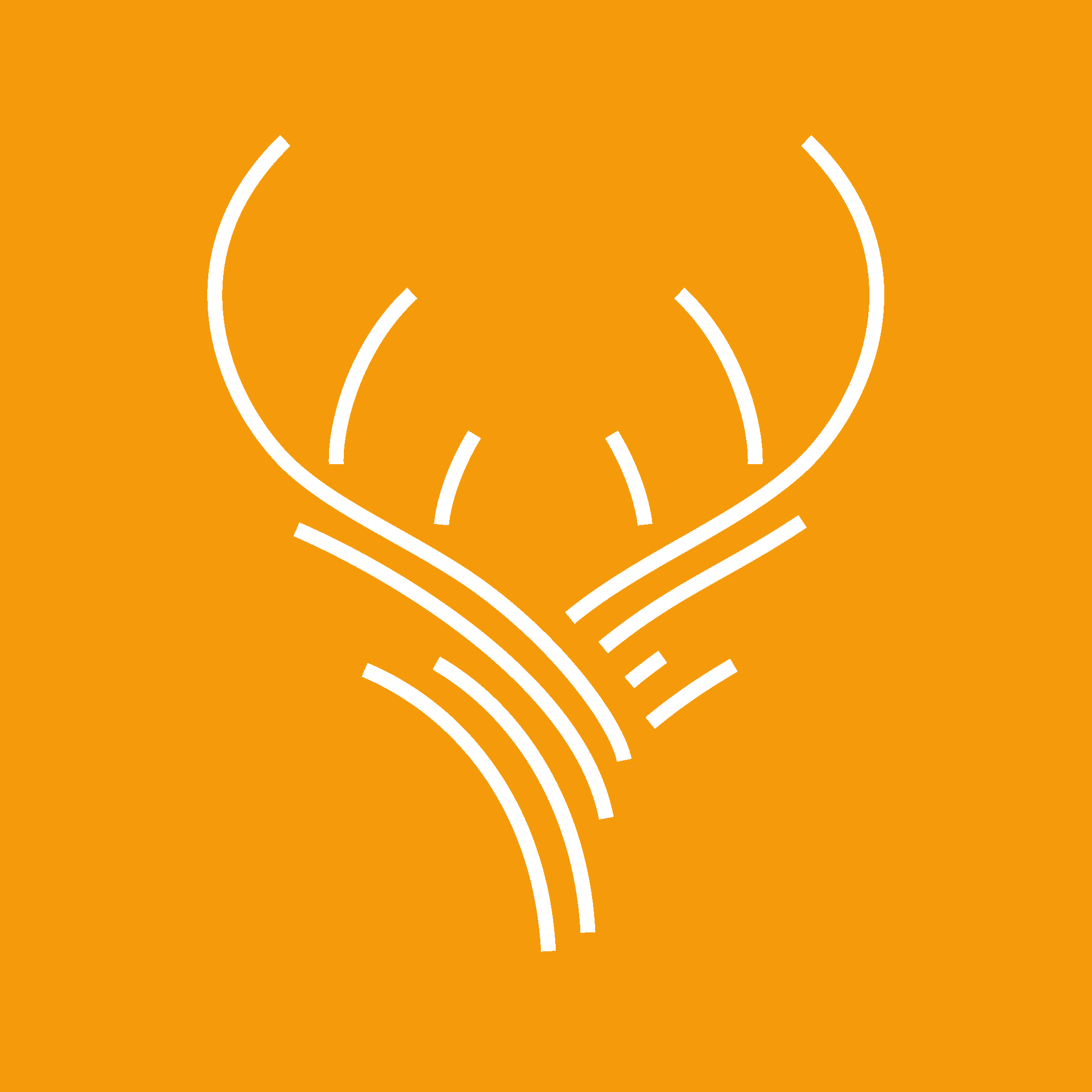

In previous articles, we reviewed classic ploughs that turn over the soil layer during ploughing, and announced a detailed review of subsoilers in a separate article. Now, it’s time to keep the promise.
Subsoilers, or chisel ploughs, are a relatively new development, and have been used since the second half of the 20th century. Widespread application began towards the end of the 20th century. Thus, by the beginning of the 21st century, more than two-thirds of all arable land in North America was cultivated by means of chiselling.
The main difference between subsoilers and turn ploughs lies in the name. Subsoilers cut and loosen the soil during operation, rather than turn it over. Subsoilers are also commonly referred by their other name, chisel. It comes from the English word, which also refers to a bit, parting tool or cutter.

Actually, chisel ploughs consist of two types of main working tools that are attached to the frame. They are cutters or hoes. They deeply penetrate the layer of the soil and cut it. This is because of these components of the design, that chisels got their name. The hoes are followed by a toothed roller that crushes and loosens the soil. Moreover, the roller moves plant residues from the surface under the soil layer, which facilitates the saturation of the soil with nutrients.

It is worth noting the fact that in addition to simple chisel ploughs, there are combined units. The manufacturers also equip the subsoiler with a disk harrow. This allows for combining the operations of cutting and loosening the soil with stubble cultivation in one pass of the tractor. In this case, the combined unit performs several operations simultaneously, while saving time and fuel.

The subsoilers can be further equipped with the systems for precise application of liquid and granular fertilizers. This expands the list of functions of the piece of machinery and allows for applying fertilizers during deep tillage and, again, save the resources.

Typically, soil tillage with a subsoiler is possible at a depth of 15 to 60 cm. The tillage depth can be determined by adjusting the level of penetration of hoes into the soil.
However, there are units that can till to a depth of 90 cm. These so-called subsoil ploughs are used in particularly difficult areas with very dense black earth soil.
One of the main problems that arise when ploughing with a conventional plough is soil compaction. Such a condition entails restricted access of water and air. Furthermore, soil compaction is categorized as follows: surface compaction, up to 30 cm deep, and subsurface compaction, at higher depths. Subsoilers help to deal with this problem.

As you can understand, theoretically, the principle of operation of a subsoiler is not very complicated, but at the same time, this kind of machinery plays a very important role. Because the soil does not turn over, we protect it from erosion or weathering of useful minerals and trace elements. In addition, loosening significantly reduces the density of the soil and increases the absorption of moisture by the soil, which further facilitates the growth of plants and, accordingly, increases the yield.
According to various sources, the use of chisel ploughs can increase the yield from the field by up to 15%. Besides, subsoilers are able to deal with subsurface soil compaction and prevent salinization and waterlogging of the land. If salinization or waterlogging already exists, then the destruction of compaction in the process of subsurface loosening will decrease its level.

Subsoilers are used to prepare the sowing of different types of plants: from row crops to orchards and forest plantations. Typical types of crops suitable for sowing after tillage with a chisel plough are sunflower, potato, wheat, beet, etc.
To summarize, in order to obtain a good harvest, to restore productive capacity of soil as quick as possible, it is important to incorporate chiselling into the system of crop cultivation technologies. Therefore, subsoilers are one of the best units for subsurface loosening and breaking the plough pan.
Back to the list of articles